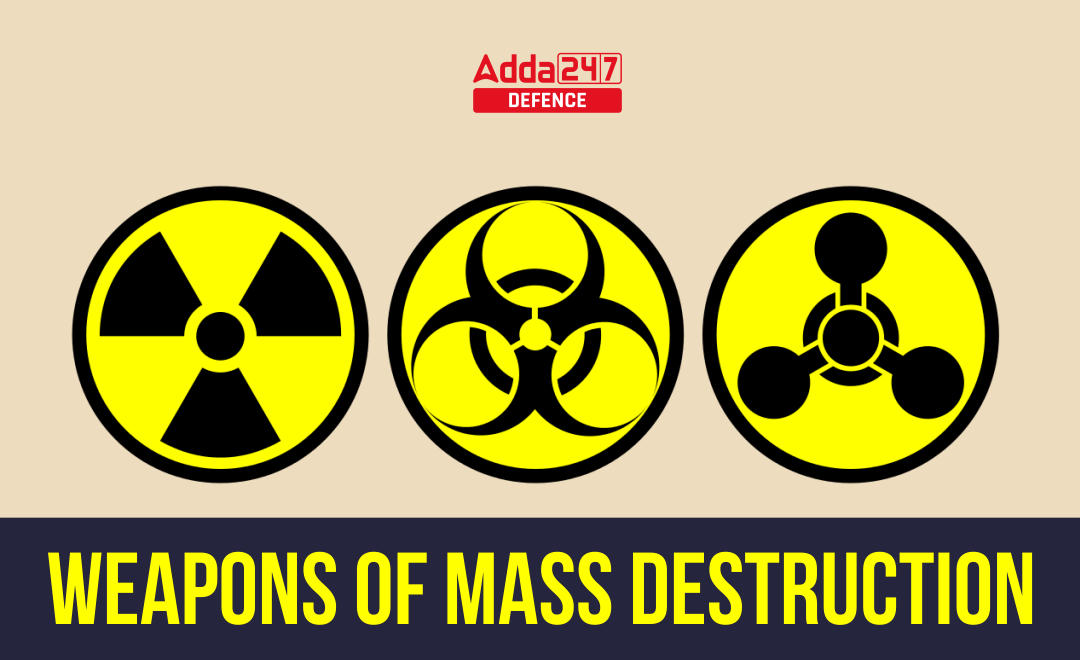Weapons of Mass Destruction
Weapons of Mass Destruction (WMDs) are a category of weapons that have the ability to cause massive destruction and loss of life. They are often associated with the most horrific scenarios of warfare, and their use is widely considered to be a grave threat to humanity. WMDs include nuclear, biological, and chemical weapons, each with its unique characteristics and effects.
Nuclear weapons are the most destructive of the three types. They work by releasing the energy stored in the nucleus of an atom, creating a powerful explosion. The explosion produces a blast wave, heat, and radiation that can cause immense destruction and death over a vast area. The effects of a nuclear explosion can be devastating, with the potential to kill hundreds of thousands of people in an instant and cause long-term damage to the environment.
Biological weapons, on the other hand, use living organisms or toxins to cause harm. They can be bacteria, viruses, fungi, or other microorganisms that are designed to spread rapidly and cause illness or death. The use of biological weapons can be particularly insidious, as they can be used to target specific populations or individuals, and their effects may not be immediately apparent.
Chemical weapons use chemicals to cause harm to people or the environment. They can be in the form of gases, liquids, or solids and can cause severe injury or death by inhalation, absorption, or ingestion. The effects of chemical weapons can be both immediate and long-lasting, causing physical and psychological harm to victims and even entire communities.
The use of WMDs is heavily regulated under international law, with most countries agreeing that their use is unacceptable under any circumstances. However, the possession and development of WMDs remain a concern, particularly in countries with unstable governments or extremist groups.
The fear of WMDs has led to increased efforts to prevent their proliferation and secure their stockpiles. The International Atomic Energy Agency (IAEA) oversees the safe use of nuclear technology and promotes non-proliferation efforts. The Chemical Weapons Convention (CWC) and the Biological Weapons Convention (BWC) prohibit the development, production, and stockpiling of chemical and biological weapons.
Despite these efforts, the risk of WMDs falling into the wrong hands remains a significant concern. Terrorist organizations, in particular, have expressed interest in obtaining and using WMDs. The possibility of non-state actors acquiring and using WMDs is a scenario that policymakers and military planners must be prepared for.
In conclusion, WMDs remain a potent threat to global security. The potential for immense destruction and loss of life makes the prevention of their use and proliferation a top priority for governments and international organizations. It is essential to continue investing in measures to prevent the use and spread of WMDs, while also developing effective responses to potential attacks.



 Important Topics to Score 300+ in NDA GA...
Important Topics to Score 300+ in NDA GA...
 NDA Exam Pattern 2025 for GAT and Maths
NDA Exam Pattern 2025 for GAT and Maths
 How to Crack NDA Exam in the First Attem...
How to Crack NDA Exam in the First Attem...
